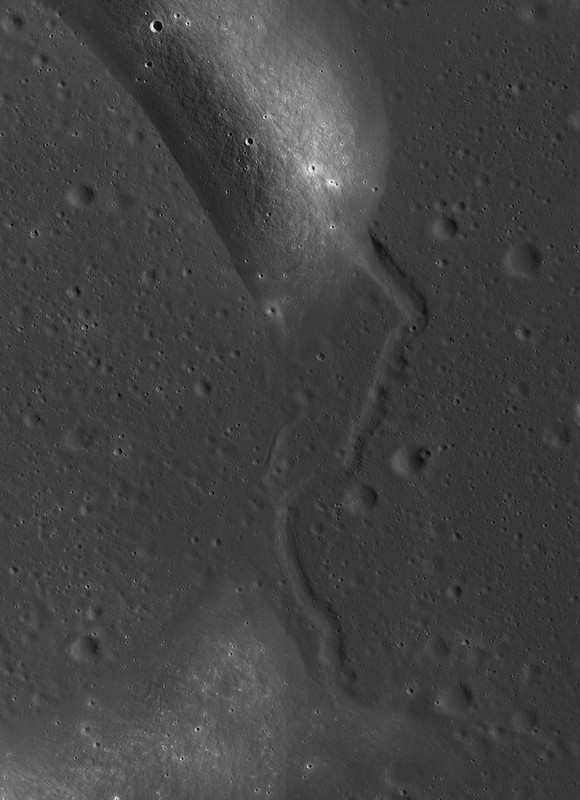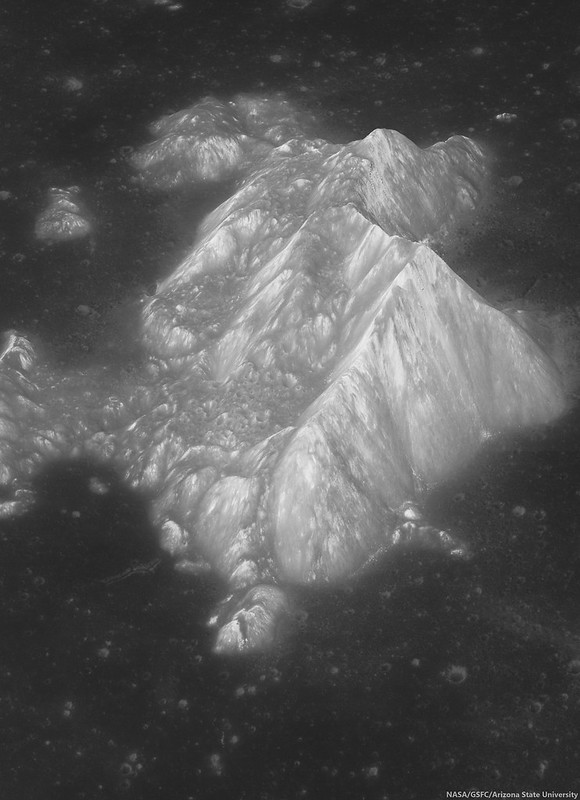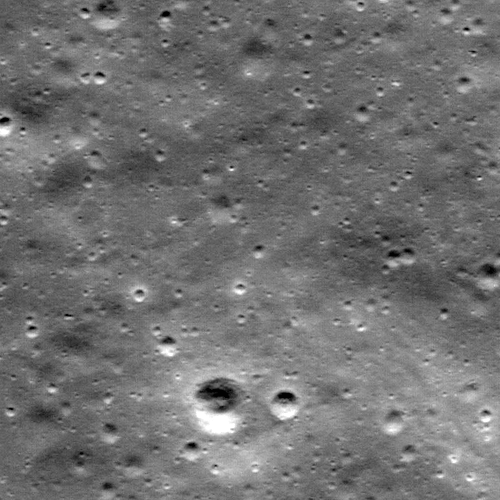 |
| The MSL cruise phase as unmanned proxy for Orion, testing the deep space radiation environment [NASA]. |
Ironically, as astronauts age their risk of eventually dying from causes unrelated to radiation exposure steadily increase. It’s the kind of risk coldly calculated by insurance providers. Though dying of undiagnosed heart disease is fed into the calculus, such other threats to the older astronaut's long-term survival overshadow their cumulative risk of REID.
None of this is news. This fly in the ointment in need of being overcome before humans can safely experience long-duration spaceflight beyond Earth’s magnetic field was starkly spelled out in the influential “ (2007),” a report put together by the National Academy of Science before the Constellation program was cancelled. The hard numbers have been gathered from the opening of the Space Age, from Explorer 1 through Apollo, from the Voyagers through the International Space Station.
Now these projections have been verified again by an instrument that traveled to Mars with Curiosity.
The lead investigators for these sensors announced their results during a NASA audio press conference Thursday. Dr. Cary Zeitlin, a principal scientist in the Southwest Research Institute’s (SwRI) Space Science and Engineering Division discussed detailed measurements of energetic and highly-ionizing particle radiation gathered during the 253 day, 560 million km journey to deliver the Mars Science Laboratory (MSL) “Curiosity” rover to the floor of Gail crater on Mars.
The Radiation Assessment Detector (RAD) made detailed measurements of the energetic particle radiation environment inside the spacecraft, providing important insights for future human missions to Mars.
 |
| NASA/JPL/SwRI |
"Understanding the radiation environment inside a spacecraft carrying humans to Mars or other deep space destinations is critical for planning future crewed missions," Zeitlin said. "Based on RAD measurements, unless propulsion systems advance rapidly, a large share of mission radiation exposure will be during outbound and return travel, when the spacecraft and its inhabitants will be exposed to the radiation environment in interplanetary space, shielded only by the spacecraft itself."
GCRs tend to be highly energetic, highly penetrating particles that are not stopped by the modest shielding provided by a typical spacecraft. These high-energy particles include a small percentage of so-called heavy ions, which are atomic nuclei without their usual complement of electrons. Heavy ions are known to cause more biological damage than other types of particles.
The solar particles of concern for astronaut safety are typically protons with kinetic energies up to a few hundred MeV (one MeV is a million electron volts). Solar events typically produce very large fluxes of these particles, as well as helium and heavier ions, but rarely produce higher-energy fluxes similar to GCRs. The comparatively low energy of typical SEPs means that spacecraft shielding is much more effective against SEPs than GCRs.
"A vehicle carrying humans into deep space would likely have a 'storm shelter' to protect against solar particles. But the GCRs are harder to stop and, even an aluminum hull a foot thick wouldn't change the dose very much," said Zeitlin.
"The RAD data show an average GCR dose equivalent rate of 1.8 milliSieverts per day in cruise. The total during just the transit phases of a Mars mission would be approximately .66 Sv for a round trip with current propulsion systems," said Zeitlin. Time spent on the surface of Mars might add considerably to the total dose equivalent, depending on shielding conditions and the duration of the stay. Exposure values that ensure crews will not exceed the various space agencies standards are less than 1 Sv.
"Scientists need to validate theories and models with actual measurements, which RAD is now providing. These measurements will be used to better understand how radiation travels through deep space and how it is affected and changed by the spacecraft structure itself," says Donald M. Hassler, a program director at Southwest Research Institute and principal investigator of the RAD investigation. "The spacecraft protects somewhat against lower energy particles, but others can propagate through the structure unchanged or break down into secondary particles."
Only about 5 percent of the radiation dose was associated with solar particles, both because it was a relatively quiet period in the solar cycle and due to shielding provided by the spacecraft. Crew exposures during a human mission back and forth to Mars would depend on the habitat shielding and the unpredictable nature of large SEP events. Even so, the results are representative of a trip to Mars under conditions of low to moderate solar activity.
"This issue will have to be addressed, one way or another, before humans can go into deep space for months or years at a time," said Zeitlin.
SwRI, together with Christian Albrechts University in Kiel, Germany, built RAD with funding from the NASA Human Exploration and Operations Mission Directorate and Germany's national aerospace research center, DLR.
The radiation environment and its effects on human
spaceflight: A Lunar Mission (January 5, 2013)
Cosmic ray flux effects lunar ice (March 19, 2012)
"a perfect storm of cosmic rays" (September 29, 2009)
Cosmic rays and manned space travel (September 16, 2009)
Cosmic ray flux highest ever recorded (September 3, 2009)
Returning to the Moon (August 9, 2009)
LUNAR-TEX radiation blanket: Skeptical (May 11, 2009)
NASA cataract detection down to Earth (January 18, 2009)
NASA and Congress sacrifice radiation shielding flexibility
by removing dry landing hardware (May 17, 2008)
Managing Space Radiation Risk in the New Era of Space Exploration (2008)
Committee on the Evaluation of Radiation Shielding for Space Exploration
National Research Council
spaceflight: A Lunar Mission (January 5, 2013)
Cosmic ray flux effects lunar ice (March 19, 2012)
"a perfect storm of cosmic rays" (September 29, 2009)
Cosmic rays and manned space travel (September 16, 2009)
Cosmic ray flux highest ever recorded (September 3, 2009)
Returning to the Moon (August 9, 2009)
LUNAR-TEX radiation blanket: Skeptical (May 11, 2009)
NASA cataract detection down to Earth (January 18, 2009)
NASA and Congress sacrifice radiation shielding flexibility
by removing dry landing hardware (May 17, 2008)
Managing Space Radiation Risk in the New Era of Space Exploration (2008)
Committee on the Evaluation of Radiation Shielding for Space Exploration
National Research Council
Scientific Context for the Exploration of the Moon (2007)
Space Studies Board
National Research Council
Space Studies Board
National Research Council












































